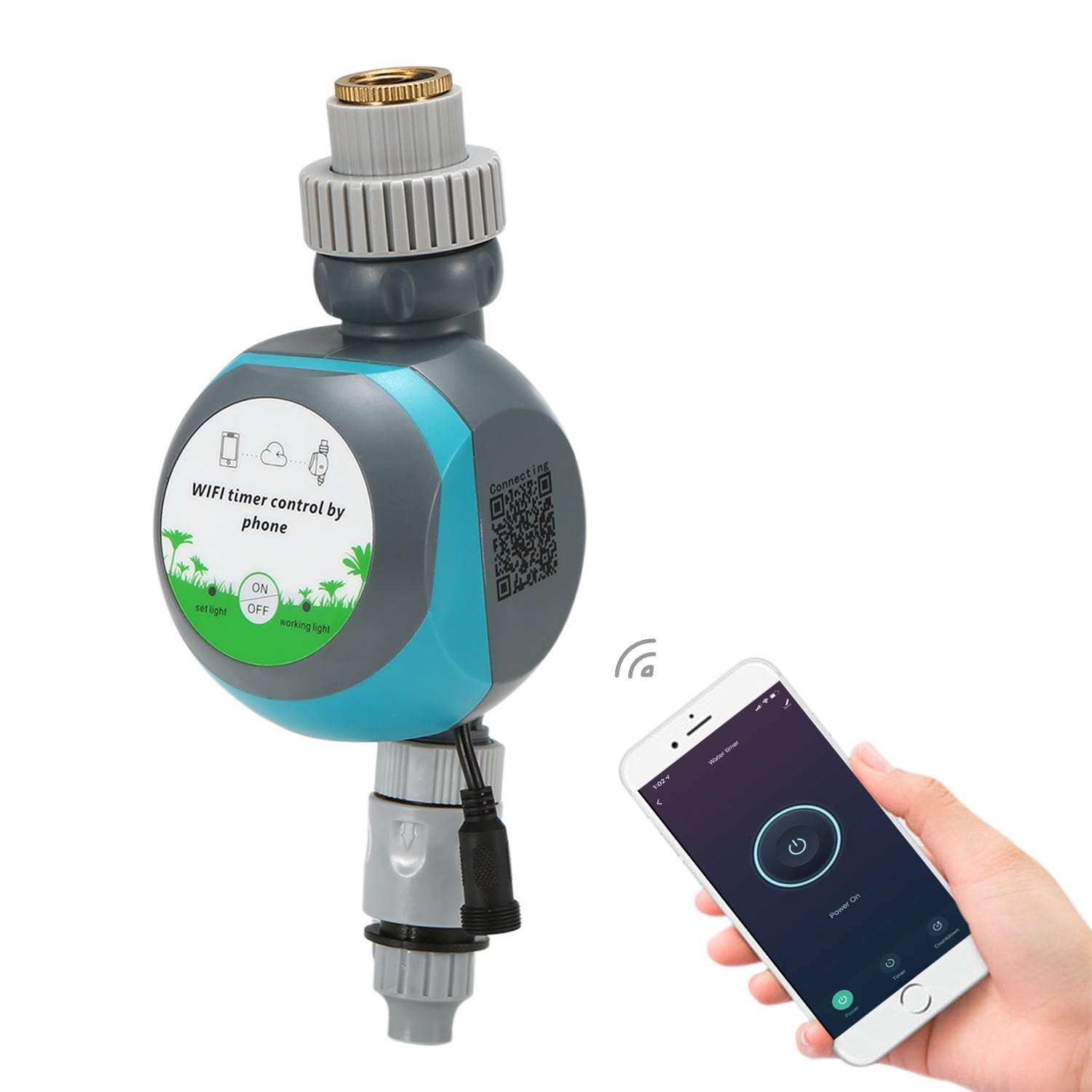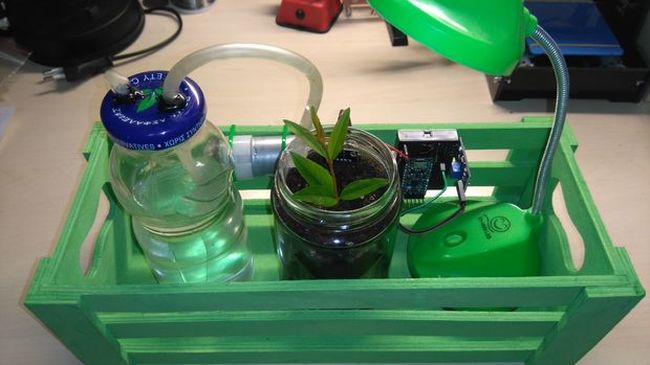
“There’s a revolution going on in the art of leak detection,” says Peter Brooks, president and CEO of IR Analyzers/Vector Mapping. (For a comprehensive comparison of various leak detection technologies, see “Rooftop Leak Detection” in the Winter 2010 issue of this magazine.) Even pinhole leaks invisible to the naked eye can be identified, and repairs can be made on the spot and immediately retested to ensure watertight results. Both identify breaches by monitoring electric fields set up above and below the membrane surface. The other uses low voltage and a wet membrane. The high voltage method requires a dry, exposed membrane. There’s actually two different types of ELD. In the early 2000s, electronic leak detection (ELD) became available in North America, and has proven to be faster, more accurate, and more affordable than other testing methods. Infrared thermography and nuclear moisture testing are effective, but actually identify water-soaked insulation, rather than the source of the problem, which has to be done visually. Flood testing, which long ago was the only option, was replaced decades ago by better methods. The obvious solution is to regularly test the roof membrane for leaks, and repair as needed. These leaks end up costing American businesses billions of dollars annually, with damage ranging from minor water stains and electrical outages to complete structural failure. The National Roofing Contractors Association (NRCA) estimates that up to 40% of flat roofs develop serious problems within one year of installation. Open and close valves at specific times per day.Leaky roofs are a serious but surprisingly common problem.
AUTOMATIC WATERROOF WATER SYSTEM MANUAL
Synchronized control of up to 85 irrigation blocksĪll Cyclik products have the option of manual control with the field transmitter to close or open a valve immediately.Īn ON/OFF mode is also available. Saves water by allowing shut-off during rain without losing the stored program On/Off rainy weather control via the field transmitter One year control module operation with one 9-volt alkaline batteryīattery is reliable for one irrigation season Unauthorized individuals cannot change irrigation programs

Programming changes are made only through the field transmitter FeaturesĪccurate, synchronized control without control wires or AC power The programming can be created to repeat a sequence, or operate one time, then remain off. After the programs are loaded, each valve will operate until a new program is entered. Then, the transmitter is taken to the field to load the program into each control module via the optical port. The simple programming menu in the field transmitter is used to set up the irrigation schedule for each valve.

Programs are loaded into the optical port of the control modules through an infra-red link. The FIELD TRANSMITTER uses simple programming steps to create a coordinated irrigation schedule for up to 85 control modules. The CONTROL MODULE has a 9-volt battery located in a weatherproof enclosure and operates latching solenoids to interrupt water flow to the valve chamber and provide on/off control of up to four valves.

The Rain Bird® CYCLIK™ wireless control system is battery operated for economical automation of an irrigation system, without AC power and without control wires.


 0 kommentar(er)
0 kommentar(er)
